These 5 Delicious Edible Flowers Add Beautiful Flavor to Your Garden

by
Wet & Forget
(IC: professional)
Planting something and watching it grow is an immensely rewarding experience. Whether you’re growing gorgeous flowers to beautify your property or vegetables to feed your family, gardening is one of the best ways to make the most of your property. But plants don’t have to just look pretty or taste good–some plants can do double-duty, and give you more bang for your buck. These 5 beautiful blooms will not only be a pleasure for the eye in your garden or indoor planters; they will also be a pleasure for your palate that will spice up anything from salads, to desserts, to coffee. When these culinary beauties grace your table, your family and friends will never forget the experience.
Lavender is a beautiful, graceful plant with silvery foliage and clusters of fragrant lavender-colored flowers. It is hardy as a perennial in USDA Hardiness Zones 5b through 8a, which means that it will thrive in a large portion of the U.S.
Many types of violas are edible, including certain types of violets and pansies. Viola odorata , also called “sweet violet” or “English violet,” is perennial in USDA Hardiness Zones 4a through 8a. It has blooms that are purple, white or pink in color, and that make delicious violet cake, violet tea or violet syrup. Whole blooms also look beautiful sitting on top of cupcakes or salads, or arranged on cakes. Putting a single bloom on top of each cracker spread with cream cheese turns a ho-hum plate of appetizers into something exotic.
Calendula is part of the marigold family. It has sunny yellow blooms with masses of narrow petals. These edible petals are an eye-catching touch when sprinkled on top of cake frosting or salad. Calendula grows quickly and abundantly, and makes a lovely container plant. The blooms are also well-suited for dried flower bouquets.
Borage (Borago officinalis) is an annual flower with silvery or green foliage and distinctive blue, dangling flowers. It makes an excellent flower border or grouping in your garden, where you can enjoy its lovely fragrance. It is also well-suited for making dried flower bouquets. Borage’s flowers make a scrumptious addition to salads, because their blue color really pops when you put them on top of salad greens. The flowers’ subtle cucumber-like flavor also takes your salad up a notch.
Nasturtium comes in a variety of colors, including white, orange, yellow and red. Nasturtium officinale is a perennial in USDA Hardiness Zones 3a to 11a, which covers the entire continenental U.S. Nasturtium officinale has small, white flowers. Other varieties of nasturtium have larger, more colorful flowers, and make good annual container plants. Nasturtium flowers and leaves have a distinctive peppery flavor that will spice up your salad.
Enjoyed the project?
Published April 7th, 2016 11:48 AM



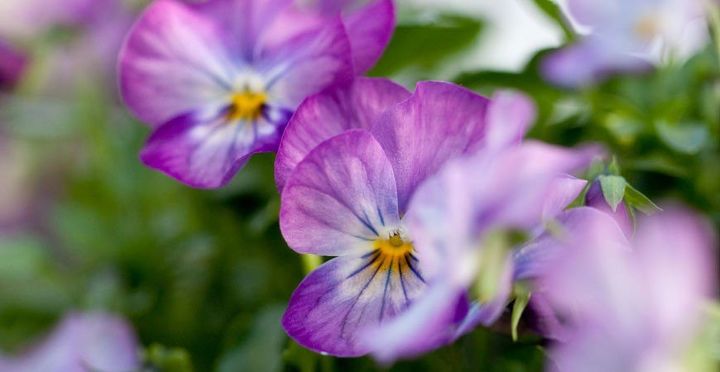





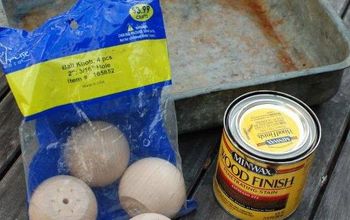
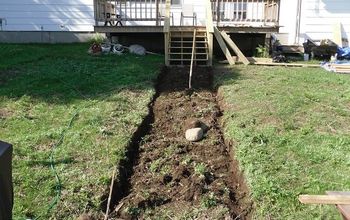



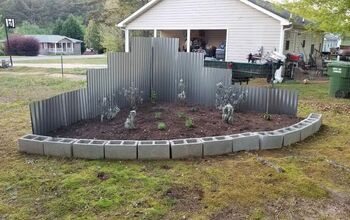
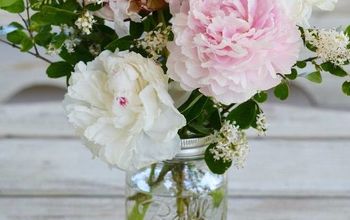

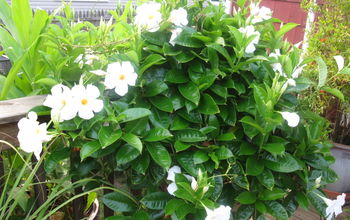
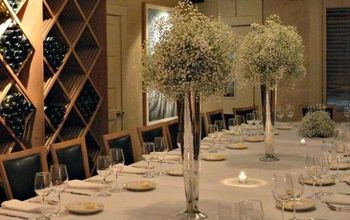

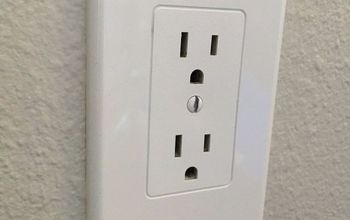
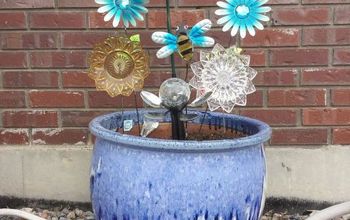





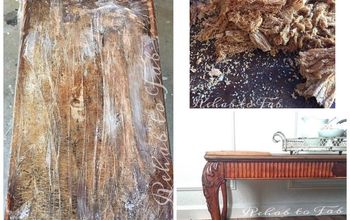



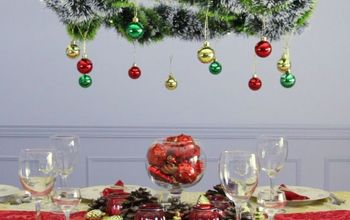
Frequently asked questions
Have a question about this project?